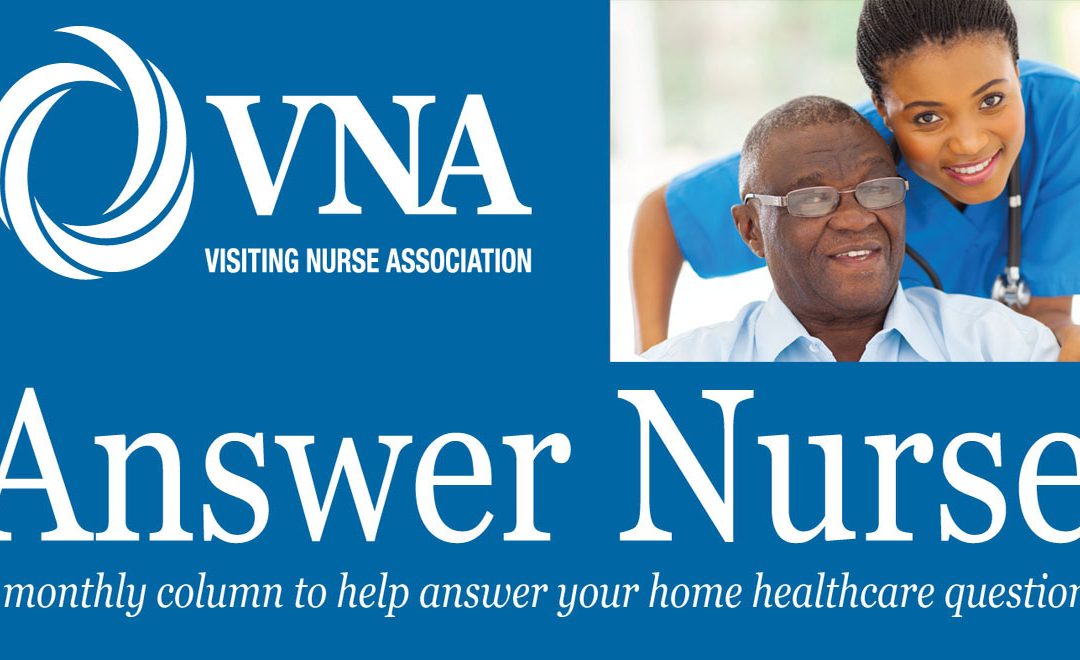Fall Prevention Safety Tips
Every year in September, National Fall Prevention Awareness Month takes place. The purpose of fall prevention awareness is for organizations to share education on effective strategies for increasing mobility and strength, while also offering practical solutions for safety.
It seems like home should be the safest place on earth, but that is where most accidents and injuries occur. The truth is that most accidents can be prevented if a few precautions are taken. In fact, the home is the second most common location of unintentional fatal injuries (traveling via motor vehicles is number one), according to the National Institute of Health (NIH). And adults 65 and older are the highest risk group for home injury, both fatal and nonfatal, according to the Centers for Disease Control and Prevention (CDC).
Q: I’ve read that falls in the home are common, particularly as we get older, why is that?
A: As we age, our senses of sight, touch, hearing and smell tend to decline. Our physical abilities are reduced and certain tasks such as stretching, lifting, and bending become more difficult. In addition, we also experience a slowing of judgment and reaction time. As a result, we cannot respond as quickly as when we were younger. These normal changes in perception, physical abilities, and judgment make us more prone to accidents. Simple precautions and adjustments can help ensure a safe, accident-free home. Additional factors include:
- Internal factors
- Medical conditions
- Decreased vision
- Medications
- Decreased strength
- Foot problems
- External factors
- Uneven or slippery surfaces
- Poor lighting
- Activity level
Q: My parents are in their 80s and want to stay in their home, not move to a senior facility like many of their friends. But I’m concerned about them falling, like many of their friends have done. What are some ways I can help prevent a fall in their home?
A: The Home Safety Council suggests conducting a home safety walk-through to identify potential slipping, tripping, and falling hazards. Follow these precautionary measures:
- Have bright lights over stairs, steps, and on landings.
- Install handrails on both sides of the stairs and steps. Make sure handrails go from the top to the bottom of the stairs.
- Use a ladder for climbing instead of a stool or furniture.
- Tape small rugs to the floor or remove them entirely.
- Keep stairs clear of debris.
- Have nightlights placed in the bedrooms, hallways, and bathrooms.
- Use a mat or non-slip strips in the tub and shower. Have a non-skid bottom on your bathroom rug or mat.
- Install grab bars in the tub and shower.
- Wipe up spills when they happen.
- Outdoors, fix broken or chipped steps on walkways.
Q: My husband is 70 and I’m afraid he will fall and seriously injure himself. I’ve already taken steps to make our house as ‘fall-proof’ as possible, but is there anything that he can do to make himself less prone to falling?
A: Most falls can be prevented. But you are right to be concerned because as we grow older, the consequences of a fall become more serious. Broken bones often result and may lead to lifelong disability. Below are some guidelines to help stop this from happening for your husband – and anyone 65 and older.
- Take care of medical problems
- Have your vision checked
- Check with your doctor regarding possible medication interaction which may affect your balance
- Take medication as prescribed
- Exercise regularly to help improve strength and balance
- Take care of your feet
- Install proper lighting throughout your home
- Remove clutter
- Use a cane, walker, or other device
- Reduce fall hazards in the home
Download a Free Fall Prevention Home Safety Guide from the Visiting Nurse Association
https://vnatc.com/home-health/fall-prevention/
This information is for educational purposes. Please consult your physician for any medical issues. The Visiting Nurse Association (VNA) is committed to bringing trusted and quality home health and private care to Brevard County patients. For more information about VNA services, call 321-752-7550 or visit www.vnatc.com.


Recent Comments